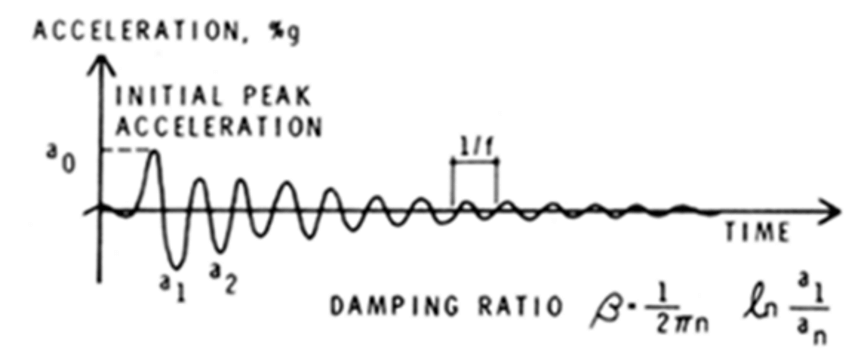The vibrations transmitted to a building or other engineered structure can lead to damage of varying magnitudes. They can be natural in origin, such as during an earthquake, or they can be mechanical (human or machine created) in nature. As an example, blasting, excavation or the installation of piles by either drilling or driving can cause vibrations in the surrounding soils, which will be transmitted to nearby buildings and structures. It is also possible, however, that the damage observed to a building was not initiated by the vibrations but is pre-existing in nature, and that the vibrations triggered an aggravation of the problem resulting in the appearance or the discovery of a defect or damage (loosened parging or falling mortar, for example). Humans are especially sensitive to vibrations, and as a result, the importance in terms of the impacts of vibrations on the condition of a building or an engineered structure is often overestimated.
First, it is important to understand what a vibration is and how it is characterized. A vibration is an oscillating movement of particles in an elastic medium (e.g., soil or a building) from both sides of an equilibrium position. They can be characterized by the following parameters: the amplitude of the vibration, as well as the frequency. The amplitude of the vibration is generally characterized by either the displacement, the velocity (generally noted in mm/s) or the acceleration of the oscillatory movement of an object, while the frequency (generally given in Hz) is a function of the return time of one cycle of displacement. Vibrations that are more largely spaced apart in time will have low frequencies and it is generally these vibrations that present a higher risk of damage to buildings.

Two factors directly influence the impacts of vibrations on a building. These are the duration of exposure to a vibration, as well as the distance between the source of vibration and the building or structure. Given this, the extent of damage due to vibrations increases with prolonged exposure, as well as with a reduction of distance between the vibration source and the building.
Under the correct conditions, vibrations generated by an earthquake or construction work can damage a building by two separate mechanisms. The first, by transmitting vibrations directly to the building structure through the support points (seating) of the foundations. And second, by causing displacement of the soils beneath the foundation, resulting in a loss of support to the foundation and settlement. In either case, the damage observed is usually greater in the area of a building located nearest to the vibration source (such as within the basement or on the foundations), especially when the vibration source and the building are in close proximity to each other. As well, the first signs of damage, generally aesthetic in nature, will be observed in “fragile” locations prone to damage, in particular at the junction of walls and ceilings, or at the corners of door and window openings. It should be mentioned that old interior plaster finishes are also more brittle and sensitive to vibrations than the common drywall panels currently used in building construction.

When significant vibrations affect a building, structural damage such as cracking of foundation walls or cracking in masonry elements, as well as excessive sloping of floors, can be observed. This damage appears similarly with other structural issues which may affect a building. It therefore becomes necessary to obtain all the data and information available concerning the source of vibrations in order to properly establish the exact cause of the damage.
With all this in mind, when available, the nature of the construction work, its location, the type of machinery used (as applicable) and the duration of machinery use provide important information for our investigation. In addition, pre-construction survey reports sometimes make it possible to identify damage that was already present before the work began. Finally, the monitoring of vibrations on site during construction makes it possible to certify that contractors have complied with local municipal regulations, if applicable, or generally accepted practices. For example, the City of Toronto Municipal Code establishes limits regarding the maximum vibration peak velocity during construction work, as do many other cities. It is still possible, in the case of historic and heritage buildings, that limits lower than those specified in the local regulations are established in order to preserve the integrity of heritage buildings since they are generally less tolerant to vibration-related movements.
